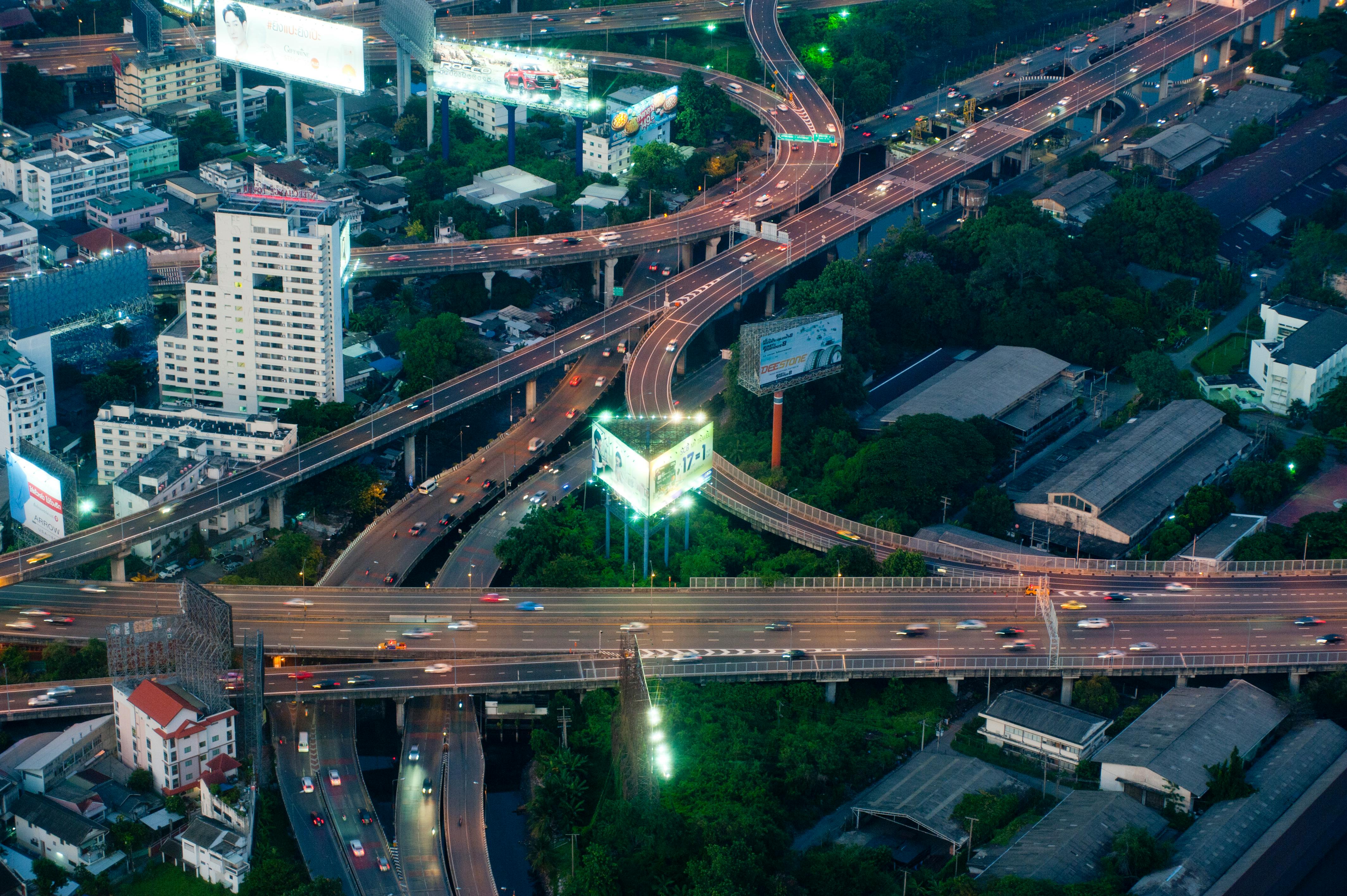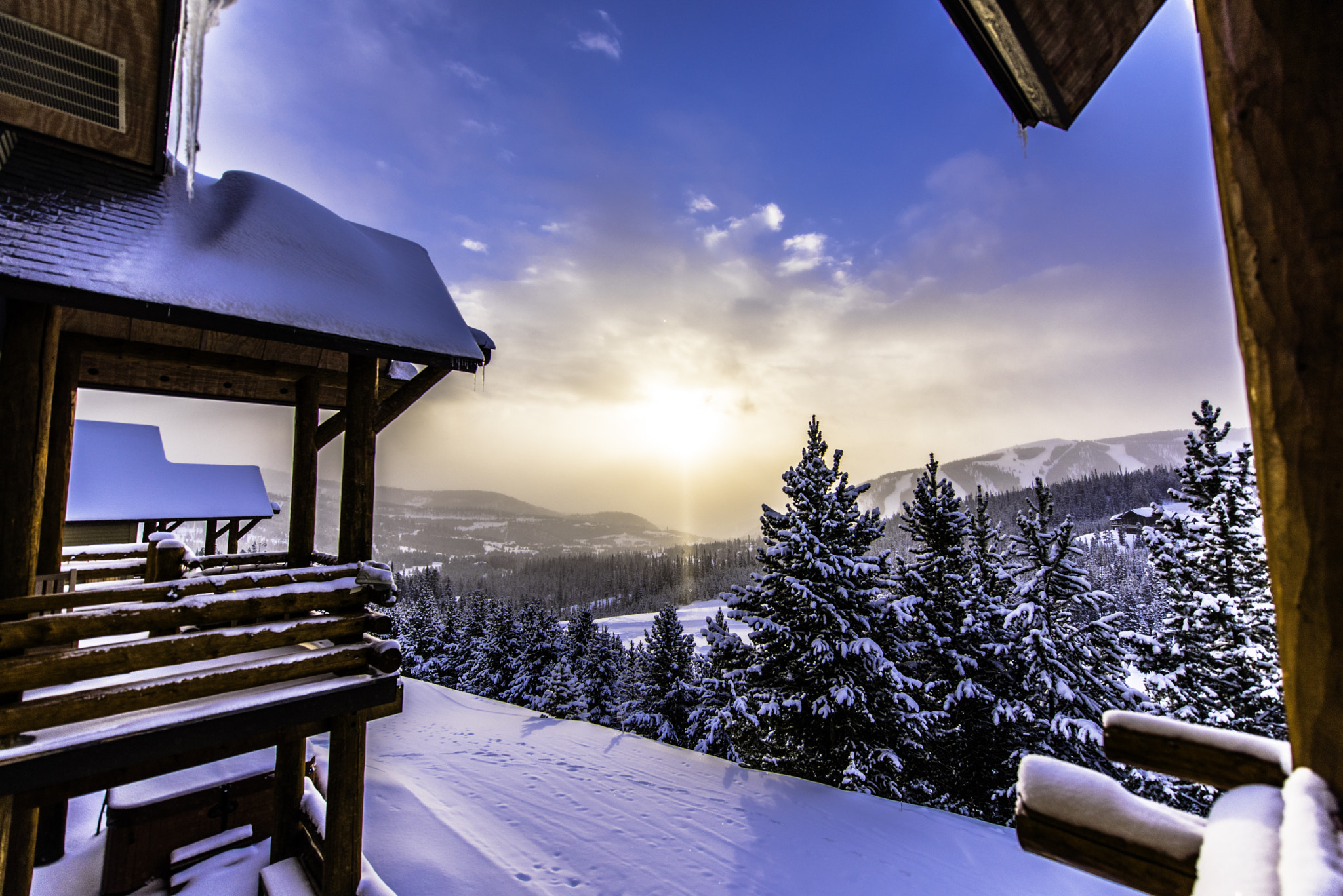The Slow Travel Checklist: 10 Destinations Perfect for a Month-Long Immersion
Slow travel means staying put long enough to move beyond postcards and into daily life. This checklist focuses on ten places where a month gives you time to learn routines, build local connections, and truly notice seasonal rhythms. Each spot below includes practical ideas: where to base yourself, how to handle transport, ways to meet people, and what to book in advance. The goal is to help you plan a thoughtful month-long stay rather than a rushed itinerary. Plan for language basics, a realistic budget, a reliable long-stay place to work or relax, and a flexible calendar that keeps room for serendipity. For time-sensitive matters like visas and transport schedules, double-check official sources before booking. As of June 2025, many countries offer straightforward short-term month visas or tourist stays for US travelers, but policies and entry requirements do change. This post balances inspiration with logistics so you can pick the right base, pack appropriately, and leave with new skills and local friends. Read the checklist items, pick one that fits your travel rhythm, and use the image search terms to find photos or listings when you start researching rentals and activities.
1. Mexico City, Mexico
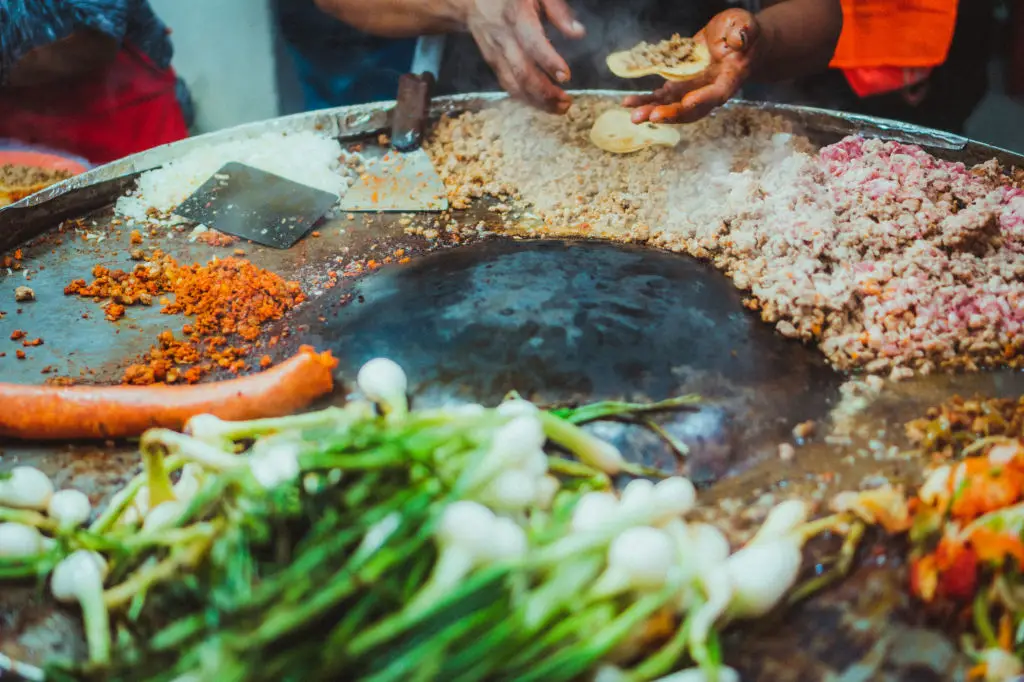
Mexico City is a month-long destination because neighborhoods feel like small cities inside a bigger one. Spend your first week settling into a neighborhood such as Condesa, Roma, or Coyoacán. These areas offer a mix of short-term apartments, lively cafes, and regular markets that make daily life easy. Use the metro and buses for everyday travel; rideshares are common for later evenings. For cultural immersion, schedule language classes, join a weekly market run, and book a cooking workshop focused on local specialties. Weekends are perfect for day trips to Teotihuacán or the canals of Xochimilco; these outings add variety without constant packing. Safety varies by neighborhood, so ask hosts for local tips and avoid flashing valuables. Budget sensibly: affordable long-stay rentals exist, and local markets make groceries cheaper than dining out every night. Connect with local meetups or community centers to build routine interactions. If you plan to work while away, confirm reliable internet and quieter apartment options in advance. Mexico City rewards patience: after two or three weeks the city’s layers begin to open, and a month feels roomy enough to move from sightseeing to daily living.
2. Oaxaca, Mexico
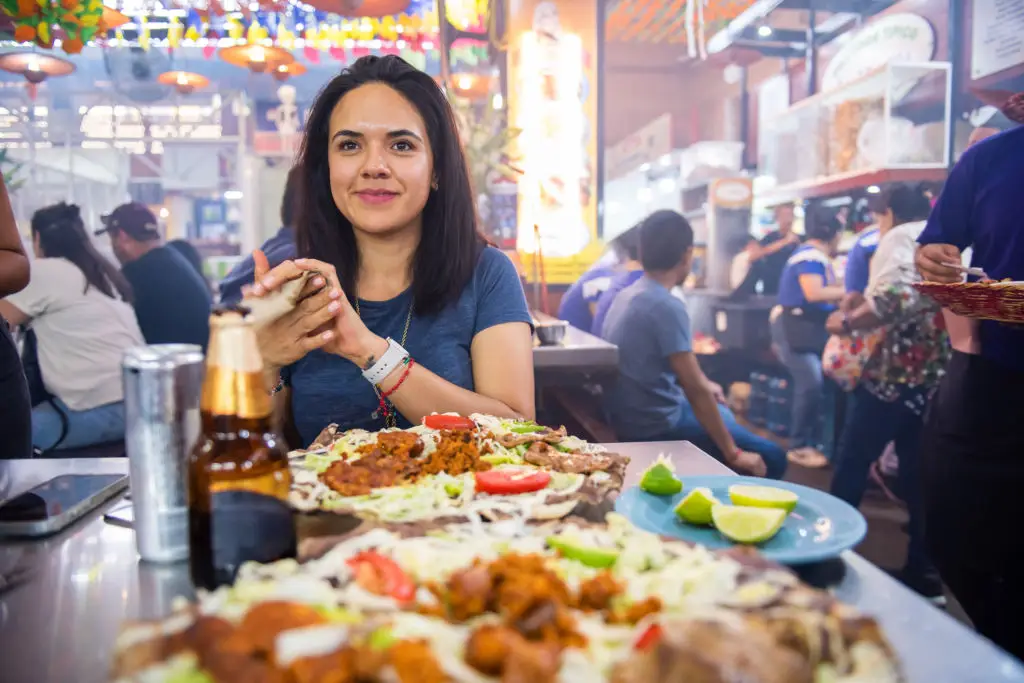
Oaxaca is ideal for a month because it thrives on slow cultural practices: markets, craft workshops, and seasonal festivals. Base yourself in the city center where short-term rentals and family-run guesthouses provide a steady home base. Weekdays can be used for language lessons and artisan workshops that introduce you to weaving, pottery, or mole-making. Local buses and short taxis keep travel simple, while organized day trips allow you to reach nearby villages such as Teotitlán del Valle. Time your visit to coincide with a local festival if possible; these events are major cultural touchpoints and perfect for immersion. Food plays a central role here. Shop at markets for fresh ingredients and practice cooking with neighbors or hosts. For logistics, check monthly rental discounts and confirm laundry options—small guesthouses often offer helpful services. Pace your days: mornings for cafe time and classes, afternoons for siestas or studio visits, and evenings for shared meals. Oaxaca’s slower tempo supports learning and deeper cultural exchange across a month, especially if you invest in basic Spanish and seek out sustained local relationships.
3. Lisbon, Portugal
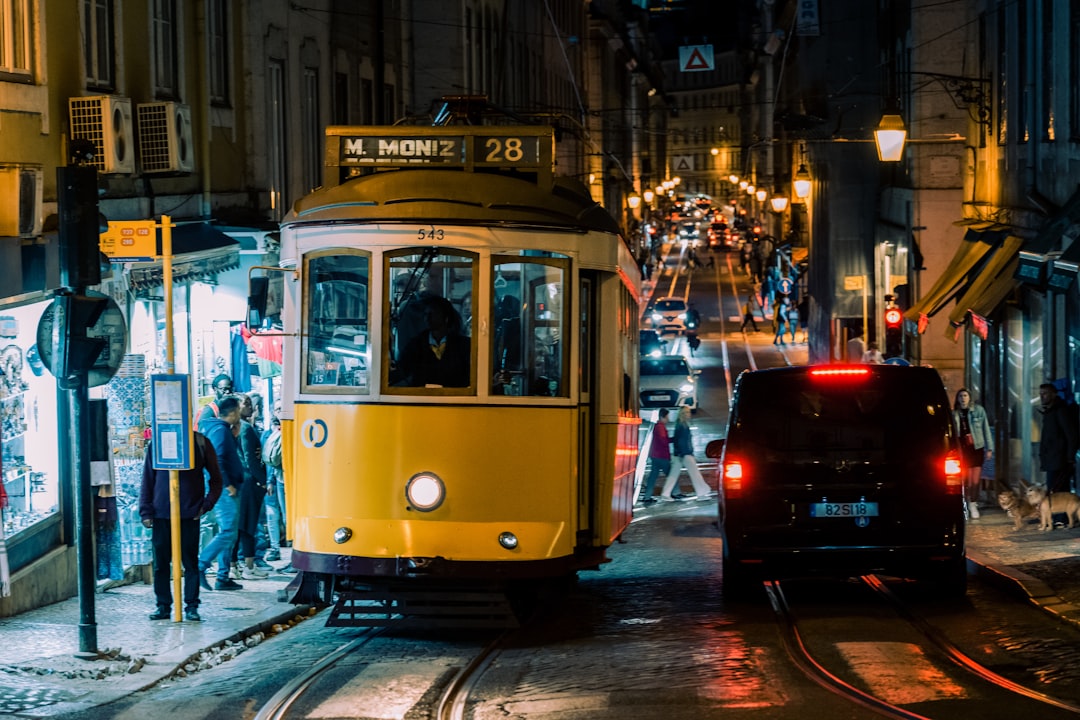
Lisbon works well for a month because the city balances big-city services with neighborhood charm. Choose a base in Alfama, Chiado, or Bairro Alto depending on whether you want cobbled streets, cafes, or quieter residential life. Monthly apartment rentals and coliving spaces are widely available, and many neighborhoods have strong local markets for groceries. Buy a monthly public-transport pass to make day-to-day travel easy; trains and trams connect to nearby day-trip destinations such as Sintra and Cascais. To slow down, enroll in a Portuguese class, volunteer locally, or take a ceramics or tile workshop. Portugal’s shoulder seasons offer mild weather and fewer tourists, which helps with settling in and building repeat routines. Dining tends to be café-centered, so learning a few neighborhood restaurants and markets will quickly make you feel at home. For work travelers, check apartment Wi-Fi and local coworking options. Keep an eye on short-term-rental rules in Lisbon; some neighborhoods have regulations affecting availability. With a month, you can blend city exploration, market routines, and regular trips to coastal towns without feeling hurried.
4. Mallorca, Spain

Mallorca rewards month-long stays by offering both beach time and rural life in close reach. Decide whether to base yourself in Palma for urban comforts or in a rural finca for quiet countryside living. Palma has reliable transport, cafes, and weekly markets that make an extended stay convenient. Renting a car opens inland villages, hidden coves, and mountain hikes; public buses connect the island but run less frequently off-season. If you want active travel, split your month between cycling, hiking in the Tramuntana range, and slow seaside days. Shoulder seasons reduce crowds and lower rental rates, making long stays more affordable and peaceful. Local culinary classes and market visits deliver sustained cultural learning. For longer rentals, ask about utilities and internet speed in advance, since rural properties sometimes need upgrades. Pace yourself by keeping a basic weekly routine: market shopping, a local cafe morning, an afternoon walk, and evening dinners with new acquaintances. Mallorca’s variety makes it easy to discover new corners slowly while keeping a comfortable base for a full month.
5. Tuscany, Italy

Tuscany is a classic slow-travel region because the countryside invites leisurely rhythms: market days, vineyard visits, and simple meals made from local produce. Choose a town like Siena, Lucca, or a rural agriturismo as your month base. Agriturismi often welcome longer stays and include meals, which simplifies logistics and encourages cultural exchange with hosts. Local buses and trains can handle day trips, but renting a car gives you the flexibility to explore hamlets and vineyards. Enroll in a cooking class, take language lessons, and attend local events to meet residents. Plan your month around seasonal activity—spring flower seasons and autumn harvests feel especially rewarding. Budget for mid-range accommodations or find monthly rental discounts; many owners prefer longer bookings outside peak summer weeks. For day-to-day life, frequent a market, build relationships with a trusted grocer, and use small-town services like communal laundromats. Living slowly in Tuscany means adopting the local meal-and-market calendar, which turns a simple month into a meaningful cultural exchange.
6. Cinque Terre, Italy

Cinque Terre’s cluster of coastal villages rewards a month by offering walking trails, fishing-village rhythms, and local gastronomy. Many travelers choose a quieter nearby town such as La Spezia or Levanto as a base, because village accommodations in the five towns can be limited for long stays. From a nearby base you can commute by train or ferry to explore each village, join local hikes, and time visits to quieter hours. Staying a month lets you learn the ferry and train timetables, build rapport with local shopkeepers, and try seasonal seafood specialties. Off-peak months provide space to practice Italian and take part in regional workshops, such as focaccia or pesto making. If you plan to cook, check rental kitchens and delivery options for grocery restocks. Mobility is mostly on foot between villages, so pack light and bring sturdy shoes. A month in this region is about repeating simple joys: sunrise walks, regular market visits, and knowing which terrace serves the best coffee on a rainy afternoon.
7. Amalfi Coast, Italy
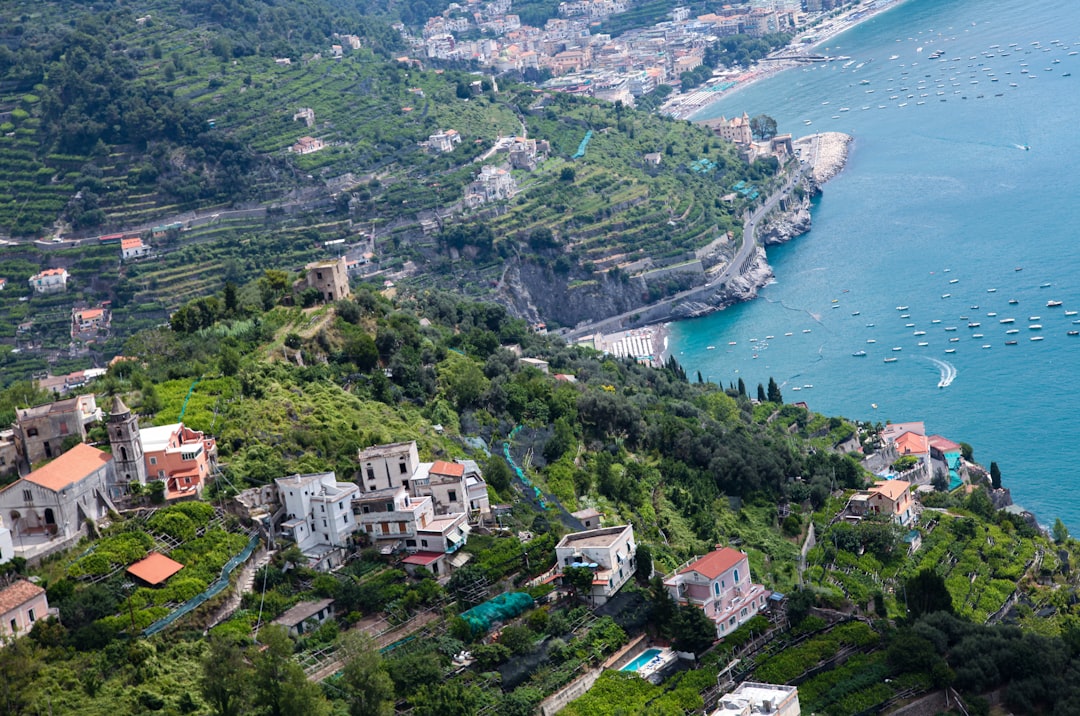
The Amalfi Coast is best experienced slowly by basing yourself in a quieter town like Ravello or Praiano. These towns offer calmer rhythms than Amalfi or Positano and still provide ferries and local buses for exploring. Month-long visitors benefit from learning ferry schedules, identifying reliable grocery sources, and building relationships with local hosts who can steer you to lesser-known coves and seasonal markets. Transport can be crowded in summer, so the shoulder seasons are ideal for month stays; you’ll find lower prices and easier access to small restaurants and workshops. Consider a rental with kitchen access to balance dining out and home-cooked meals. For active days, book a boat trip or a local cooking class. If driving, be prepared for narrow roads and limited parking; some travelers prefer to rely on ferries and taxis. Living slowly here means alternating restorative sea days with cultural outings and savoring regional cuisine without rushing between viewpoints.
8. Lake Como, Italy
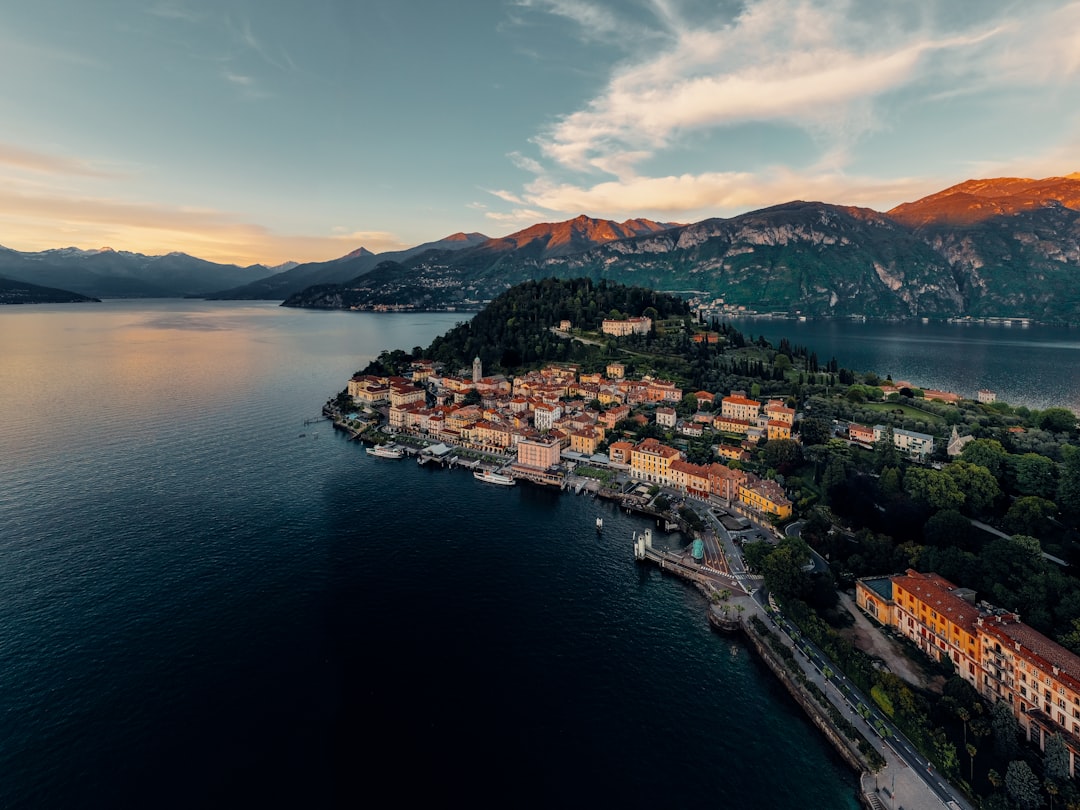
Lake Como offers a relaxed month for anyone who enjoys lakeside living, local markets, and boat commutes. Base yourself in a village like Bellagio, Varenna, or a smaller hamlet where weekly markets and neighborhood cafes shape daily life. Ferries and local boats connect the main towns, which makes commuting scenic and easy once you learn the timetables. For longer stays, check apartment heating and insulation if you travel outside summer months; winters can be cooler and quieter. Take advantage of local classes—photography workshops, rowing lessons, or cooking sessions focused on lake cuisine. If you plan to rent a car, confirm parking availability with your host; many visitors prefer boat and train access to avoid driving narrow local roads. Month-long stays are perfect for following seasonal patterns: market days, lake-based activities, and slow afternoon walks. Over several weeks, you’ll notice how the lake changes with light, weather, and local rhythms, which is the essence of slow travel here.
9. Kyoto, Japan

Kyoto is a strong month-long option for cultural immersion: it offers a manageable city scale, deep traditions, and many learning opportunities. Choose a residential neighborhood to avoid tourist clusters and to build sustainable routines. Short-term apartments and guesthouses exist, but verify internet and heating options if you plan to work. Public transport is clean and efficient; monthly transport cards can simplify commuting. Use the first week to visit major temples early in the morning and to enroll in classes—tea ceremony, ikebana, or calligraphy—so your month includes both study and slow exploration. Respectful behavior and basic etiquette go a long way here; consider a short guidebook or local class to learn cultural norms. Seasonal cycles—cherry blossoms or autumn leaves—transform the city and are worth timing carefully. For extended stays, seek community groups or language exchanges to make meaningful connections beyond tourist interactions. Kyoto’s calm neighborhoods and steady cultural calendar reward longer attention and offer daily opportunities to learn.
10. São Miguel, Azores (Portugal)
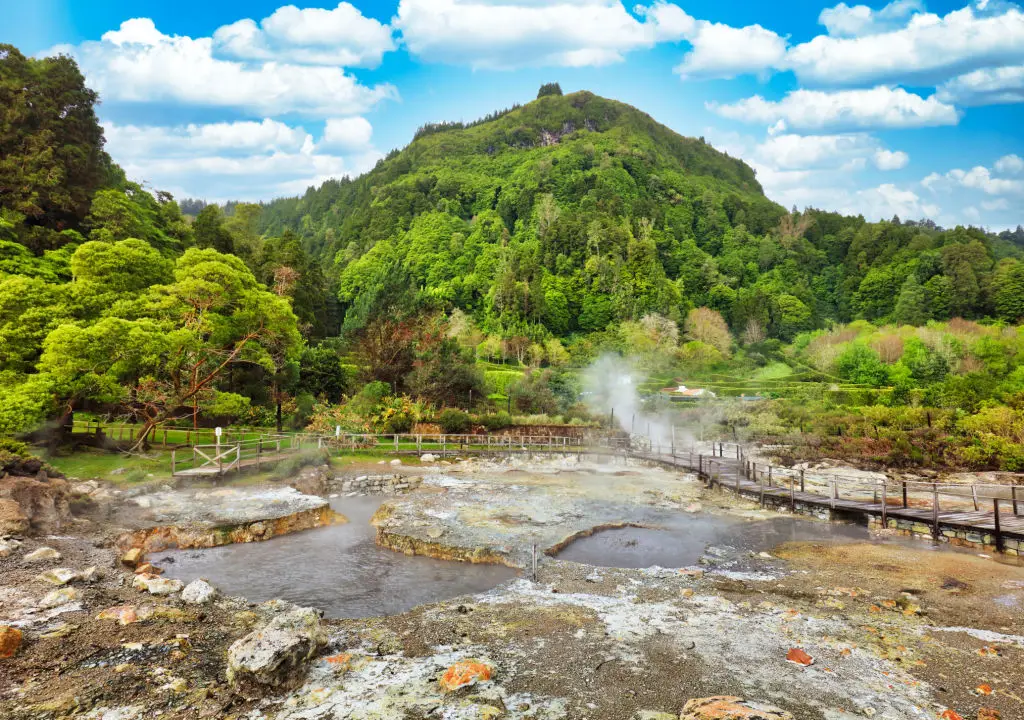
São Miguel in the Azores suits month-long stays that lean into nature, sustainability, and slower island life. Base yourself in Ponta Delgada for services and markets, and use a rental car to explore hot springs, coastal cliffs, and rural trails. Monthly rentals are possible and often more affordable off-peak; confirm internet if you need to work remotely. The island’s weather is variable, so pack for layers and plan flexible outdoor days. Local farms and markets supply fresh produce and seafood; try cooking with local ingredients and join guided hikes to learn about the island’s ecosystems. For longer immersion, get involved with small community projects or seasonal harvests when possible. Sustainable travel practices are especially relevant here—respect trails, support local guides, and minimize single-use plastics. São Miguel’s small scale means you’ll see familiar faces at markets within a few weeks, which is a core part of slow travel: time turns strangers into acquaintances and destinations into places you recognize.
Wrap-up: Your Month, Your Base

Choose a single base, plan key logistics—housing, transport, and a communication plan—and then let time do the rest. A month gives you the chance to trade list-driven sightseeing for repeated experiences: weekly market runs, language practice, regular meals at the same cafe, and slow walks that reveal changing light and local rhythms. Take care with visas and entry rules and verify requirements for your nationality before booking. As of June 2025, many popular slow-travel destinations welcome month-long visitors, but policies can change, so check official sites. Prioritize a comfortable rental with reliable internet if you need to work, and reserve at least the first two weeks of accommodation in advance. Build a loose weekly routine that balances classes, exploring, rest days, and social opportunities. Above all, keep expectations flexible: some of the best travel moments arrive when you let the place unfold on its own schedule. Use the image search terms above to find visuals and listings as you plan. With sensible preparation and a willingness to slow down, a month in any of these destinations can shift a short trip into a meaningful chapter of local life.


